Photo Gallery for Promalactis suzukiella - Suzuki's Promalactis Moth | 207 photos are available. Only the most recent 30 are shown.
|
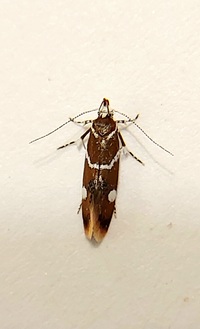 | Recorded by: Mark Basinger on 2024-04-20
Brunswick Co.
Comment: | 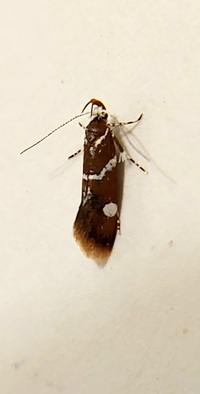 | Recorded by: Mark Basinger on 2024-04-20
Brunswick Co.
Comment: |
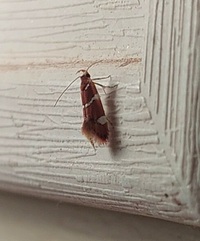 | Recorded by: Mark Basinger on 2023-10-06
Brunswick Co.
Comment: | 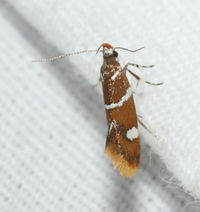 | Recorded by: David George, Stephen Dunn, Jeff Niznik on 2023-10-06
Orange Co.
Comment: |
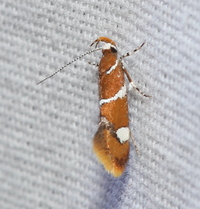 | Recorded by: David George, Rich Teper on 2023-09-25
Caswell Co.
Comment: | 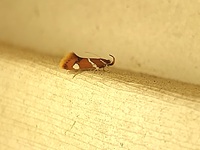 | Recorded by: Mark Basinger on 2023-09-17
Brunswick Co.
Comment: |
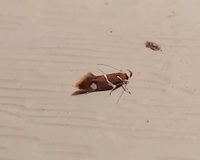 | Recorded by: Mark Basinger on 2023-09-11
Wilson Co.
Comment: | 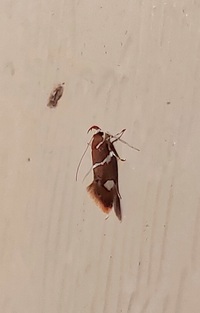 | Recorded by: Mark Basinger on 2023-09-11
Wilson Co.
Comment: |
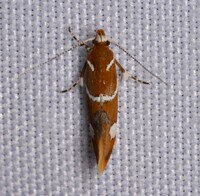 | Recorded by: David George, Stephen Dunn, Jeff Niznik on 2023-09-07
Chatham Co.
Comment: | 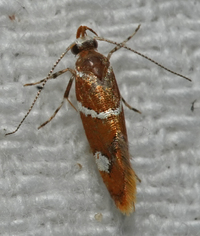 | Recorded by: Chuck Smith on 2023-09-05
Davidson Co.
Comment: |
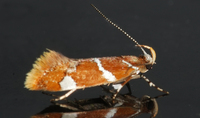 | Recorded by: Chuck Smith on 2023-09-04
Davidson Co.
Comment: | 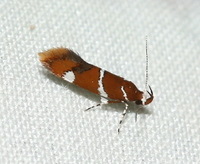 | Recorded by: David George, Jeff Niznik on 2023-09-04
Orange Co.
Comment: |
 | Recorded by: Mark Basinger on 2023-09-04
Wilson Co.
Comment: | 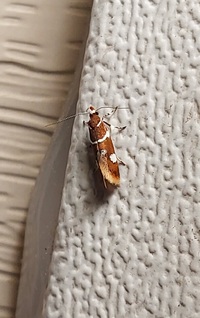 | Recorded by: Mark Basinger on 2023-08-24
Wilson Co.
Comment: |
 | Recorded by: Chuck Smith on 2023-08-17
Davidson Co.
Comment: | 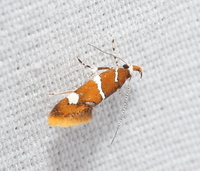 | Recorded by: David George on 2023-08-15
Orange Co.
Comment: |
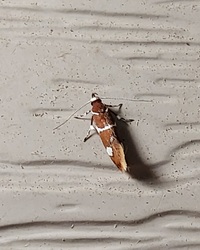 | Recorded by: Mark Basinger on 2023-08-09
Wilson Co.
Comment: |  | Recorded by: John Petranka, David George on 2023-08-05
Orange Co.
Comment: |
 | Recorded by: David George, Jeff Niznik on 2023-07-24
Orange Co.
Comment: | 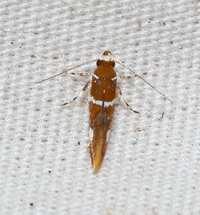 | Recorded by: David George on 2023-07-13
Durham Co.
Comment: |
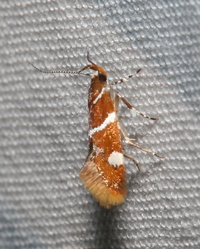 | Recorded by: David George, Stephen Dunn, Jeff Niznik on 2023-07-13
Orange Co.
Comment: | 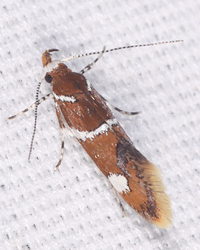 | Recorded by: John Petranka on 2023-07-04
Orange Co.
Comment: |
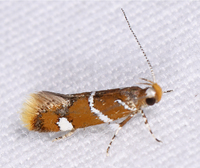 | Recorded by: Jim Petranka and John Petranka on 2023-06-14
Moore Co.
Comment: | 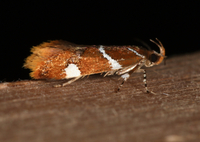 | Recorded by: Jim Petranka and John Petranka on 2023-06-14
Richmond Co.
Comment: |
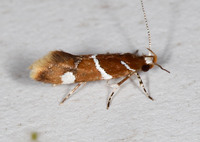 | Recorded by: Jim Petranka and Bo Sullivan on 2023-06-13
Moore Co.
Comment: | 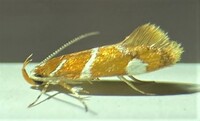 | Recorded by: Dean Furbish on 2023-06-13
Wake Co.
Comment: |
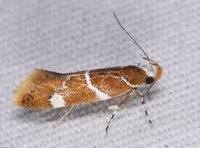 | Recorded by: John Petranka on 2023-06-09
Orange Co.
Comment: | 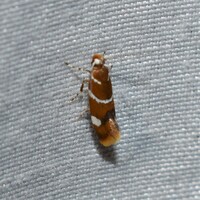 | Recorded by: David George, Jeff Niznik on 2023-06-06
Durham Co.
Comment: |
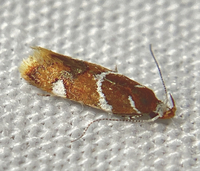 | Recorded by: Ken Kneidel on 2023-06-06
Mecklenburg Co.
Comment: |  | Recorded by: Chuck Smith on 2023-06-03
Davidson Co.
Comment: |
|